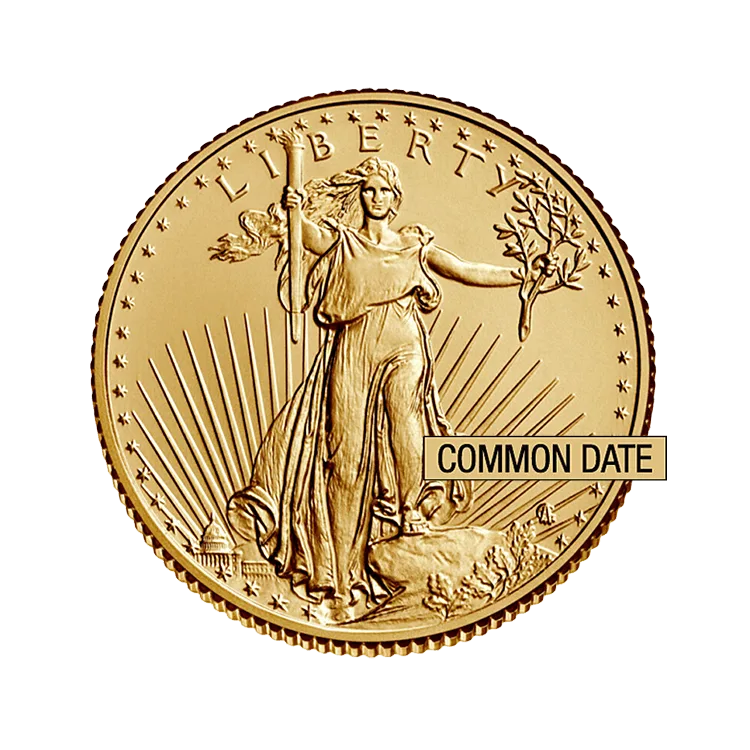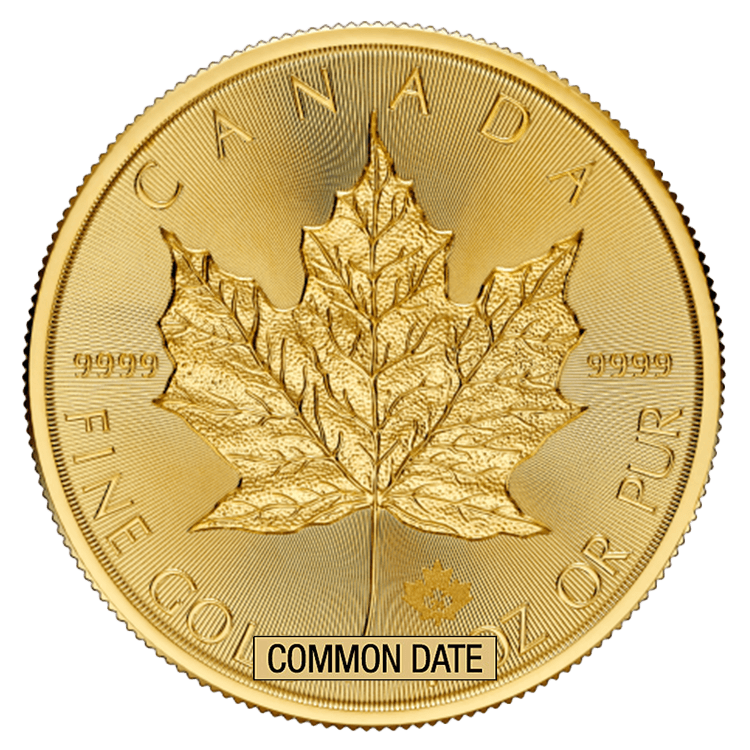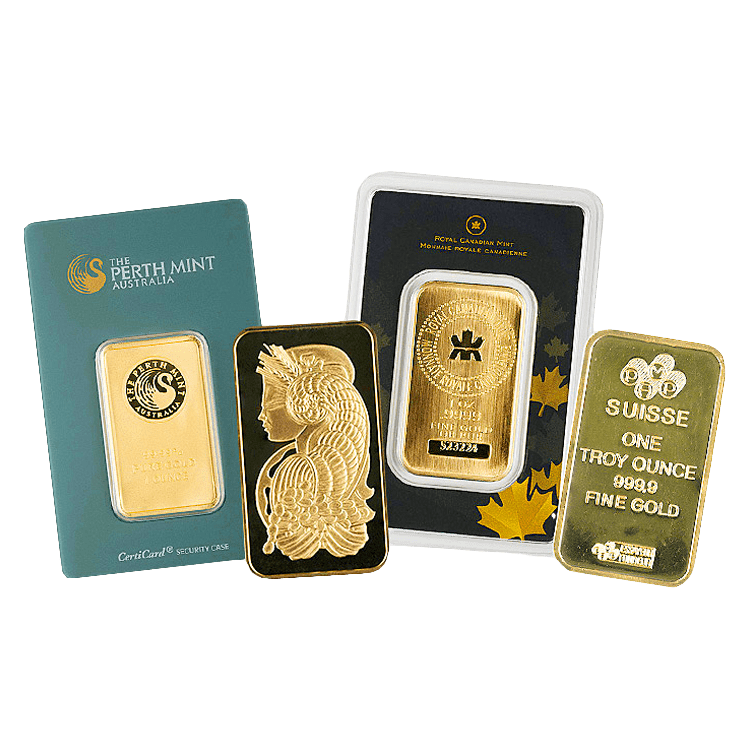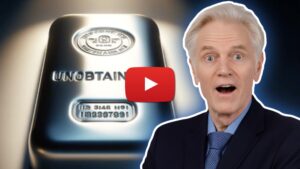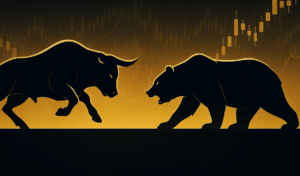Something massive happened in the gold market this week — and almost nobody noticed.
Russia quietly launched its own gold exchange in St. Petersburg, marking the first serious challenge to London’s century-old control over global gold pricing. This isn’t just another commodity exchange. It’s a seismic shift that could fundamentally alter how gold is valued worldwide.
In this week’s Gold Silver Show, Mike Maloney and Alan Hibbard connected the dots between several converging trends that suggest we’re witnessing a historic transformation in precious metals markets.
Breaking London’s Monopoly
For over 100 years, the London Bullion Market Association has essentially dictated global gold prices through a system many critics argue lacks transparency. Russia’s new exchange challenges this by creating an alternative pricing mechanism based on actual physical gold trading, not paper derivatives.
“This isn’t just about trading gold,” Mike explains. “It’s about who controls the narrative around gold’s value. When you have multiple pricing centers, you get real competition and true price discovery.”
China’s ETF Explosion
While Russia made institutional moves, Chinese retail investors have been flooding into gold ETFs at unprecedented rates. But these aren’t typical Western ETFs — Chinese gold funds must back holdings with physical gold stored domestically, not in London or New York vaults.
Alan Hibbard notes: “It’s a hybrid between paper convenience and physical security. Chinese investors get ETF liquidity while knowing real gold backs their investment.”
Central Banks’ Strategic Shift
Central banks globally are acquiring gold at the fastest pace since 1967 — but with a twist. Instead of purchasing through London markets, many are sourcing directly from local miners and refiners. Russia, China, Turkey, and others are building domestic reserves that never touch the Western financial system.
“When central banks stop trusting the traditional system, individual investors should pay attention,” Mike emphasizes.
The BRICS Connection
The timing aligns perfectly with recent BRICS discussions about dollar alternatives. While no unified BRICS currency emerged, something more significant did: a framework for gold-facilitated trade between nations, bypassing the dollar entirely.
Mike explains: “They don’t need a single BRICS currency if they have gold as the universal translator. It creates a parallel monetary system with gold as the trust layer.”
What This Means for You
Mike and Alan agree we’re in the early stages of this transformation. Russia’s exchange is building liquidity. Chinese demand is surging. Central banks continue accumulating quietly.
“The smart money sees where this is heading,” Mike concludes. “They’re positioning now, before these shifts become front-page news.”
The convergence of Russia’s exchange, Chinese retail demand, central bank accumulation, and BRICS monetary discussions paints a clear picture: the gold market is undergoing its most significant structural change in a century.
As Mike says, “Gold is honest money in a dishonest system.” That honesty is about to be tested as competing markets reveal what gold is truly worth when freed from centralized control.
Watch the update now for the full story.
Get Gold & Silver Insights Direct to Your Inbox
Join thousands of smart investors who receive expert analysis, market updates, and exclusive deals every week.
